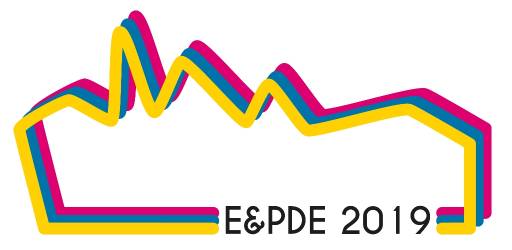Type:
Year:
2019
Editor:
Bohemia, Erik; Kovacevic, Ahmed; Buck, Lyndon; Brisco, Ross; Evans, Dorothy; Grierson, Hilary; Ion, William; Whitfield, Robert Ian
Author:
Series:
E&PDE
Institution:
1: The Norwegian Research Laboratory for Universal Design, NTNU Norwegian University of Science and Technology; 2: Department of Product Development, Faculty of Design Sciences, University of Antwerp
Section:
Ethics and Social Issues 1
DOI number:
ISBN:
978-1-912254-05-7
Abstract:
Stereotypes and prejudices are a ubiquitous cultural phenomenon that can impinge on peoples’ wellbeing. Moreover, the power of public stigma can make users of certain products experience discrimination, alienation, and inequality. Such experiences increase the likelihood of individuals rejecting products, services, environments, etc. altogether, often depriving them of e.g. safety, efficiency, and independence. In a worst-case scenario this can lead to a stigmatised condition that triggers further inequality and exclusion.
In an increasingly complex world, it is imperative that those responsible for addressing future needs, challenges, and demands, i.e. the next generation of designers, architects, engineers, etc., are adequately equipped as regards methods and tools for battling existing stereotypes and prejudices related to social growth and development in society. Through this, they will ensure that stigma-free design is a priority when initiating, planning, and executing future projects.
The purpose of this paper is to describe what happens when critical design is used to explore the stigma associated with existing products, services, environments, etc. in the context of interdisciplinary workshops, and to discuss the results so far. Furthermore, the paper examines whether and how this upside-down way of thinking about and performing design is a good contribution to the fields of design, architecture, engineering, etc. as a method of both teaching and learning about equality, diversity, and inclusion.
Keywords:





